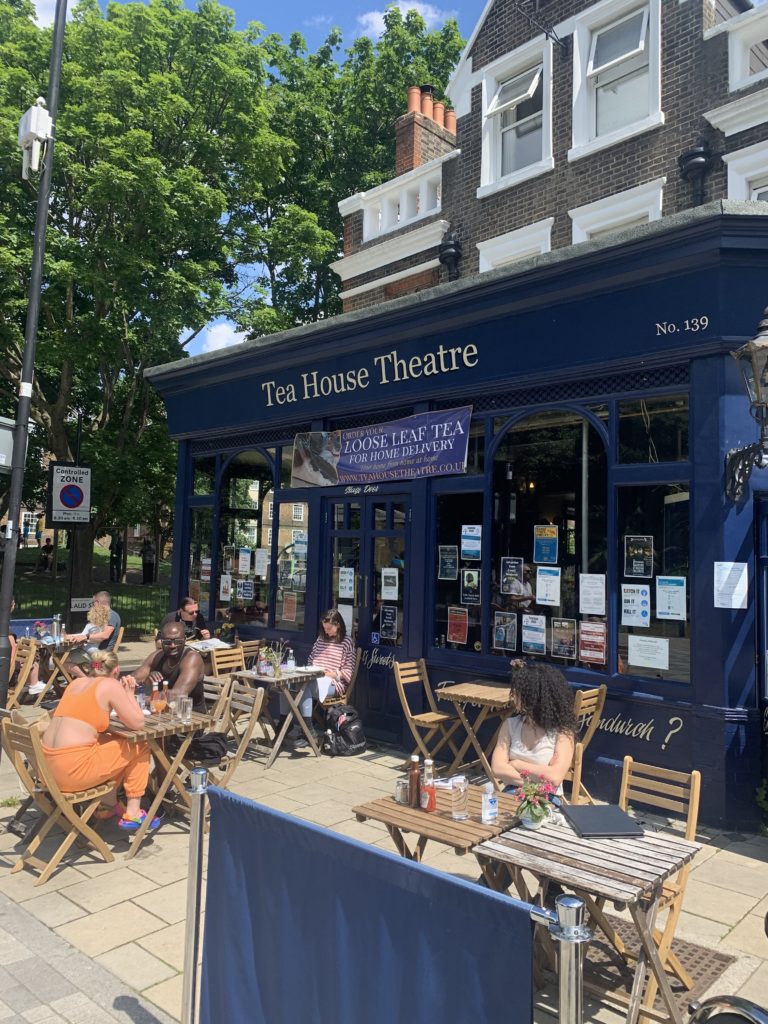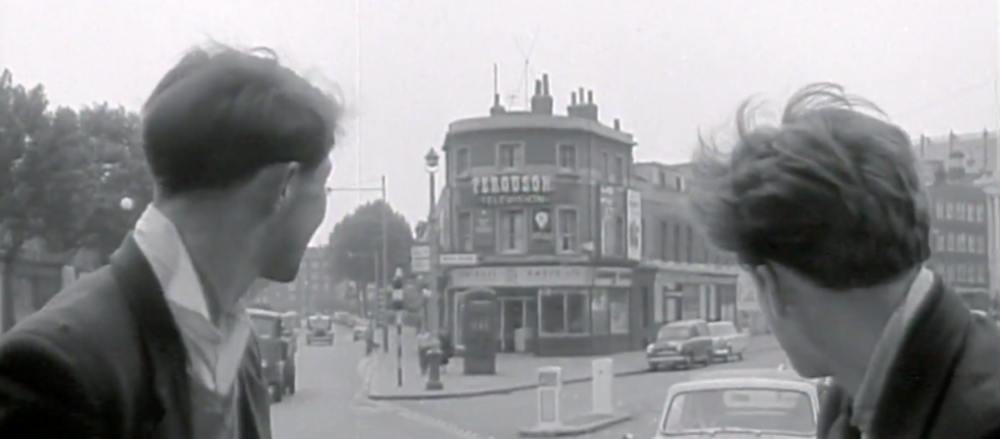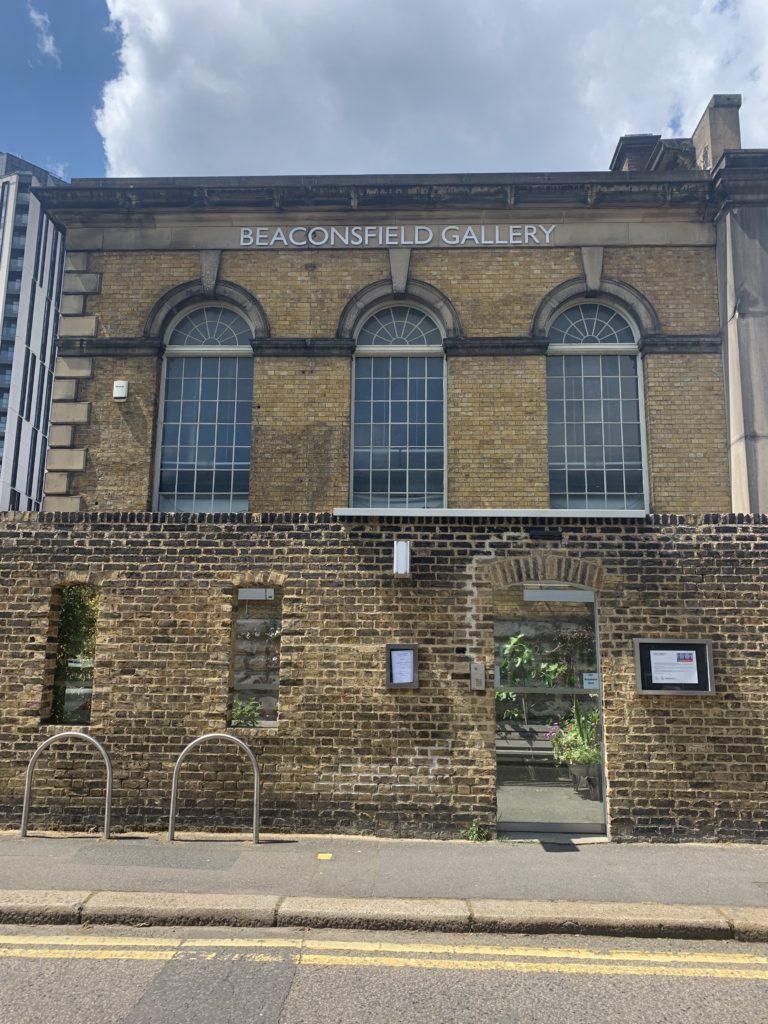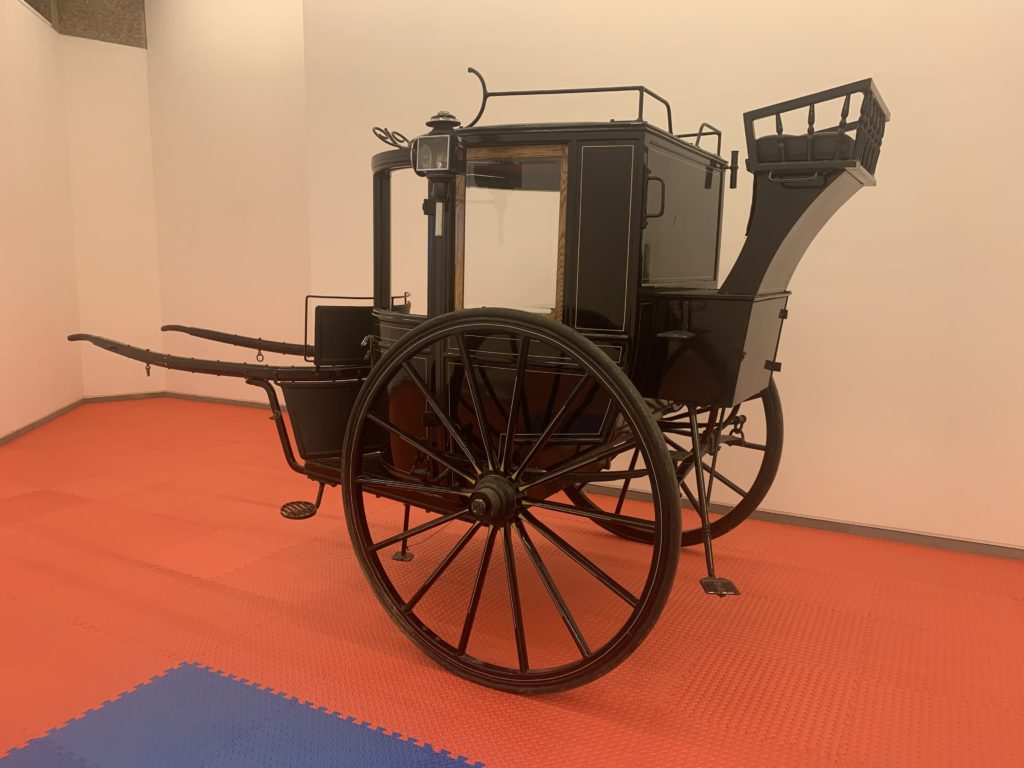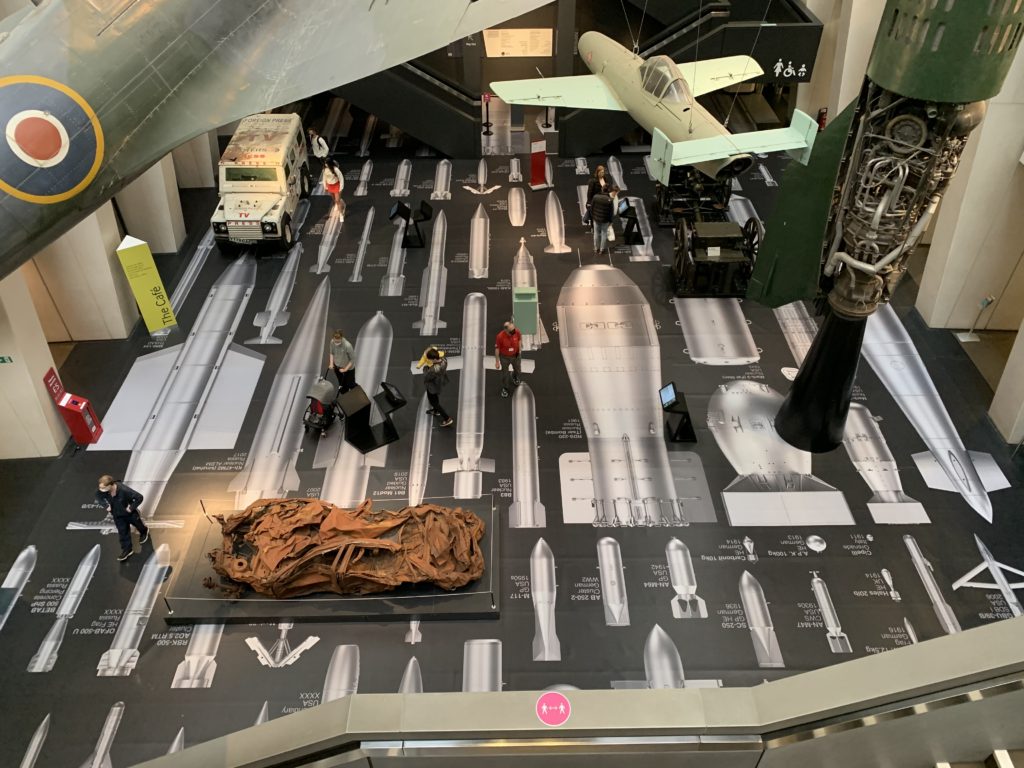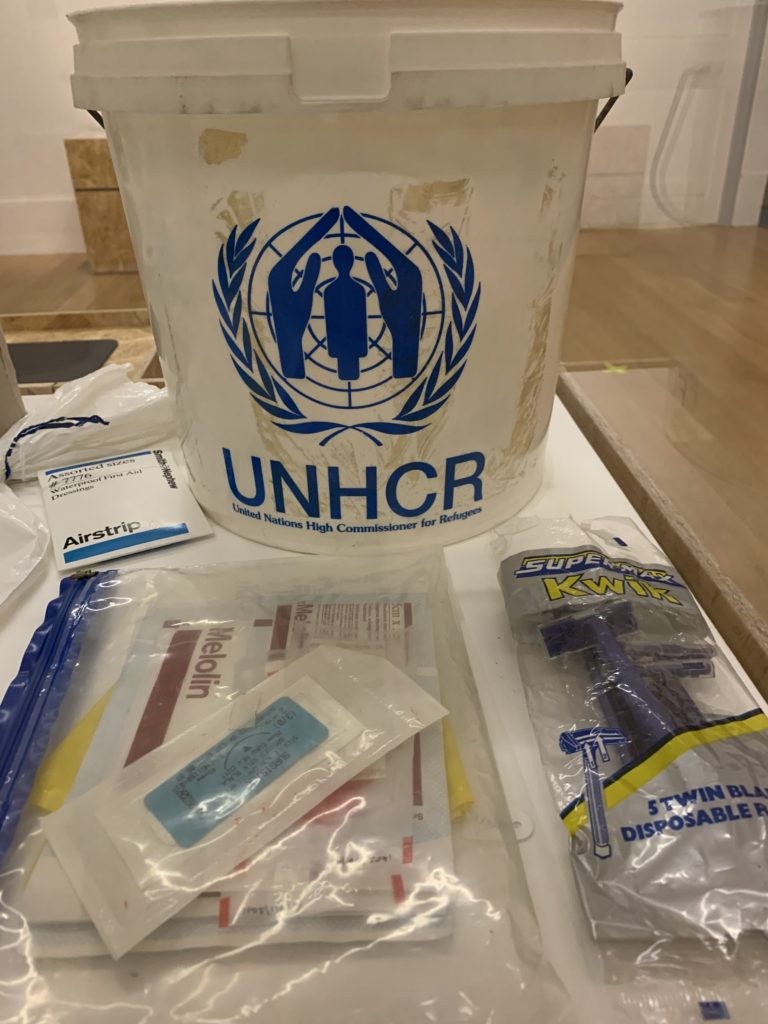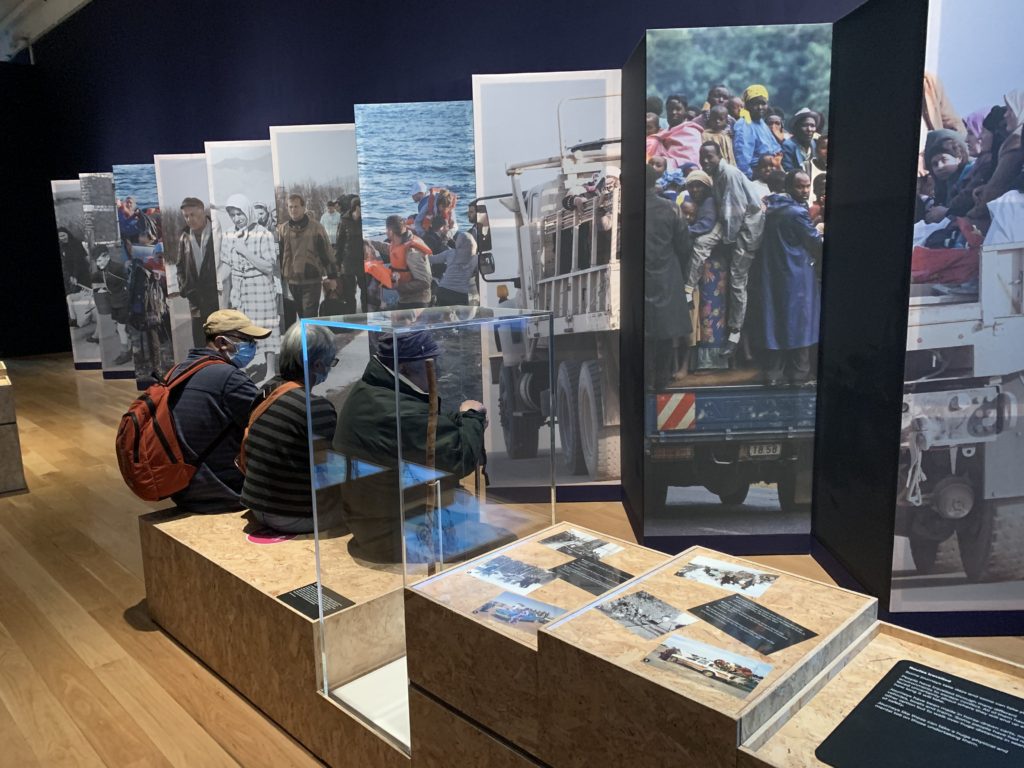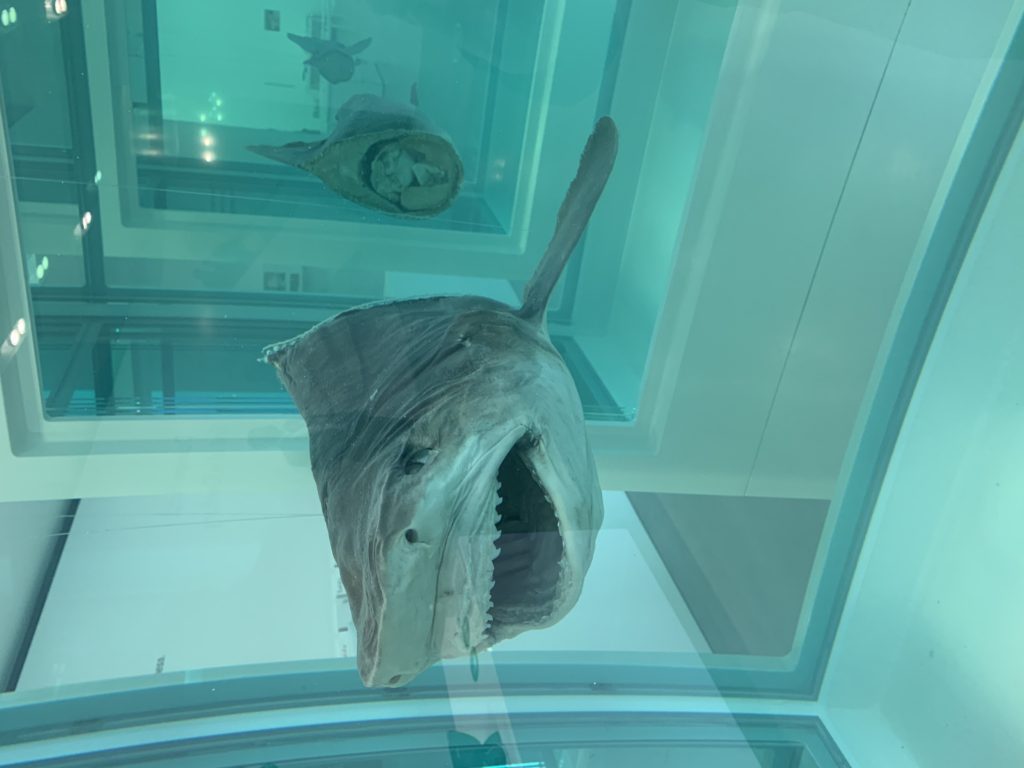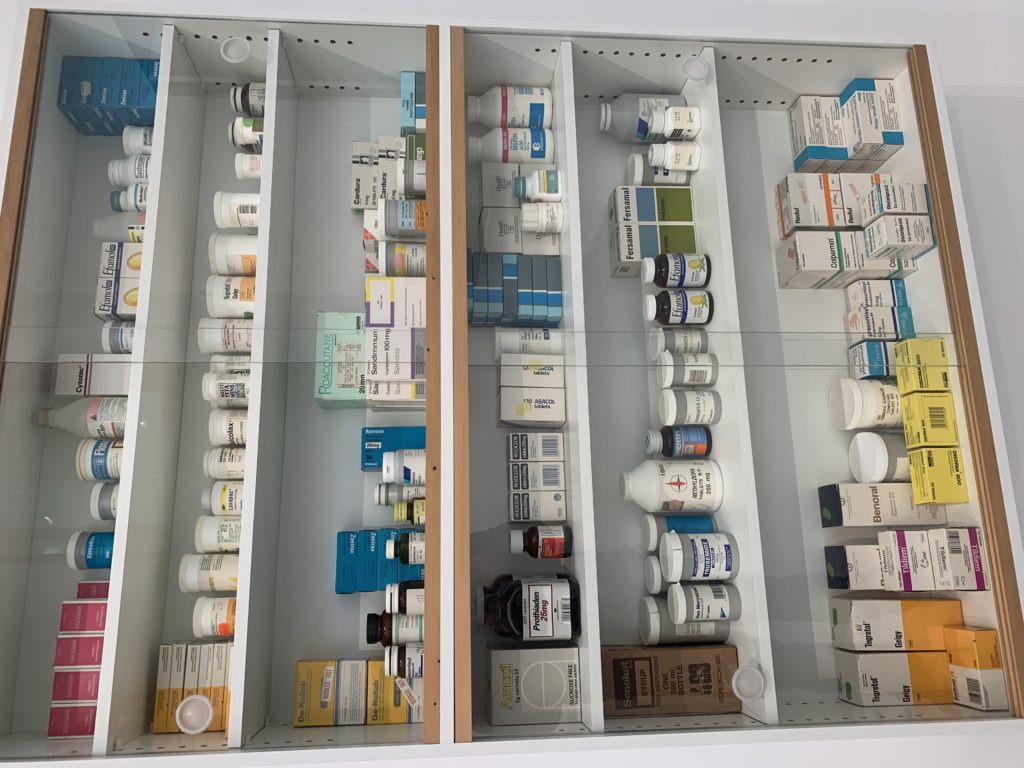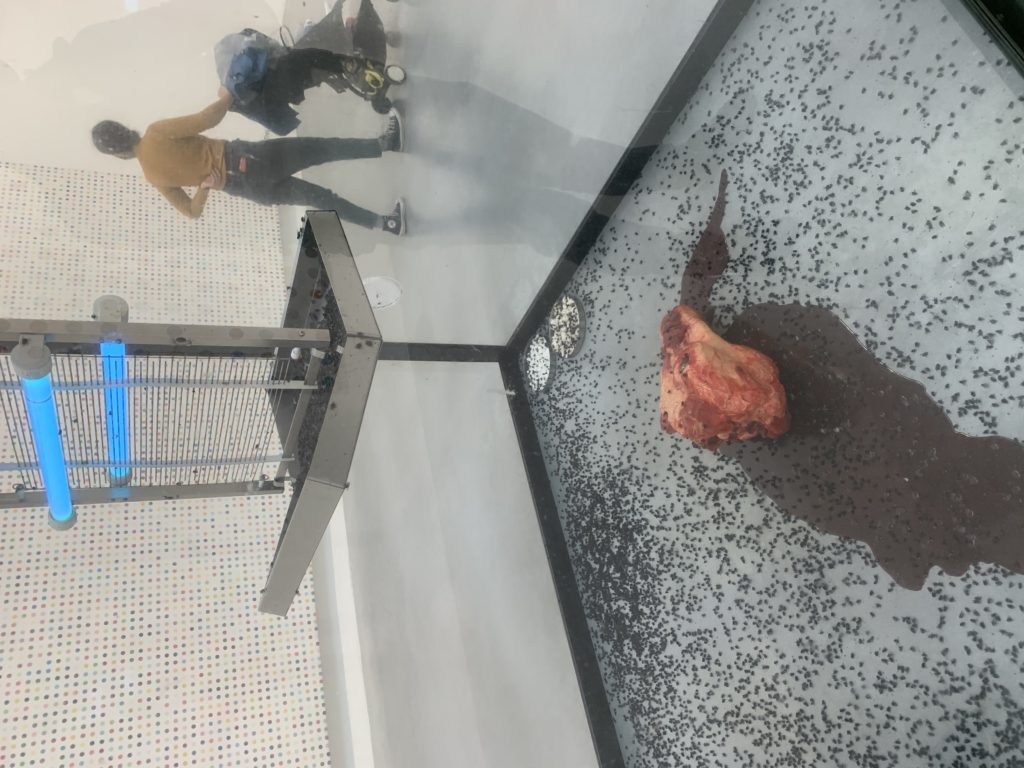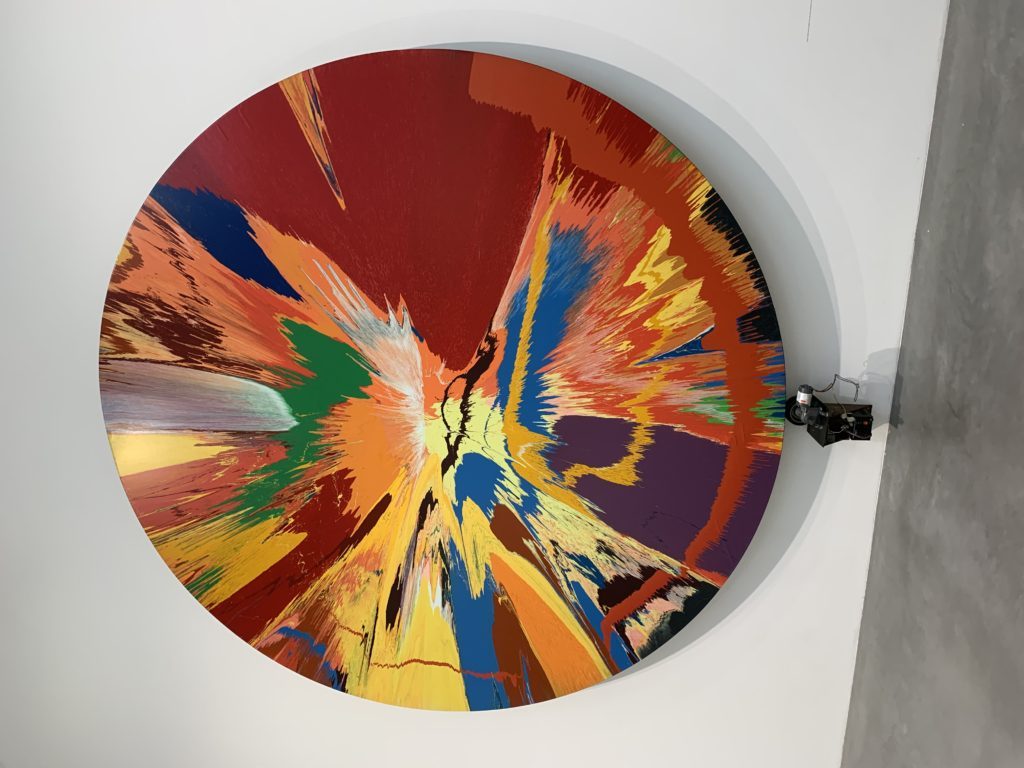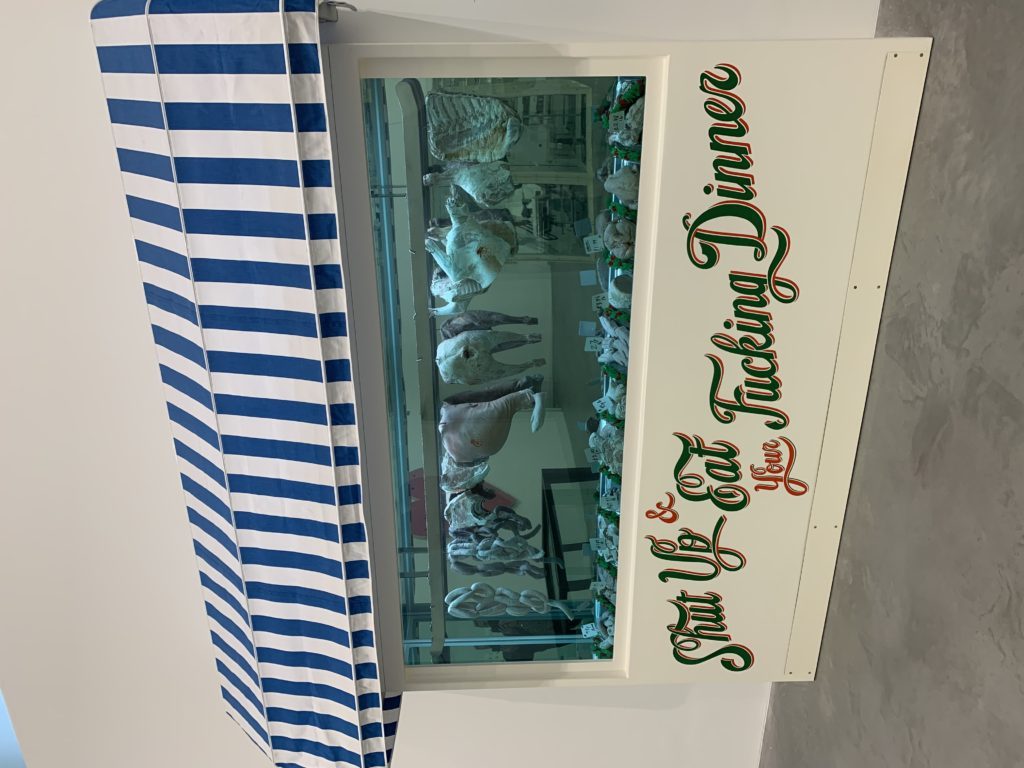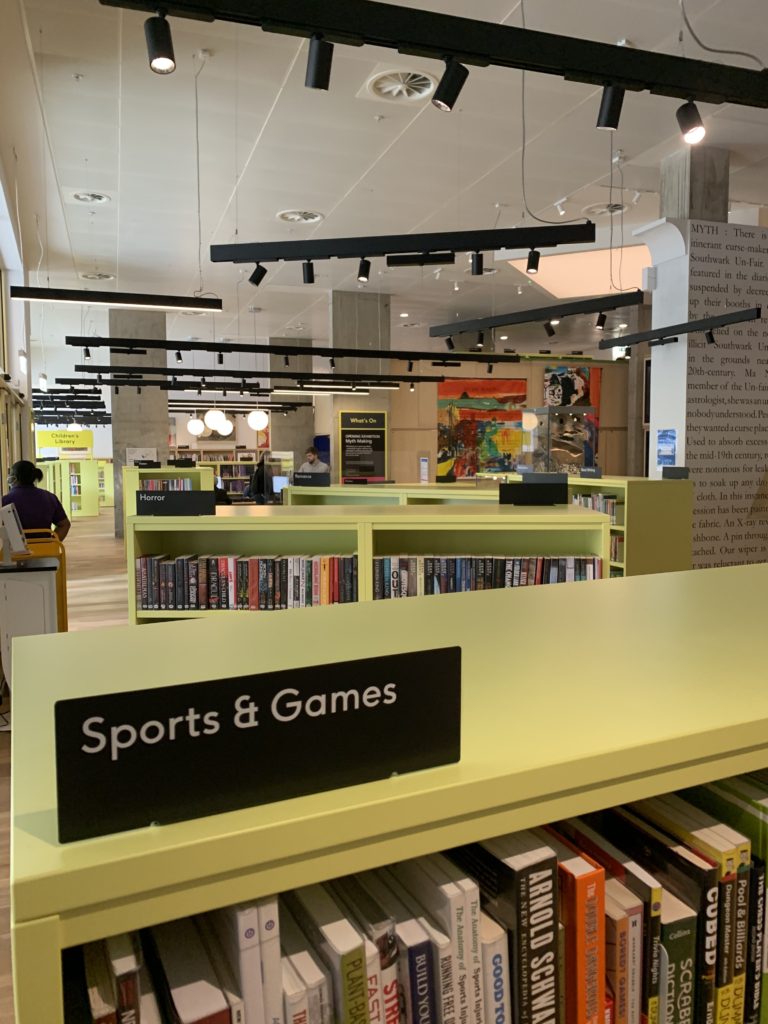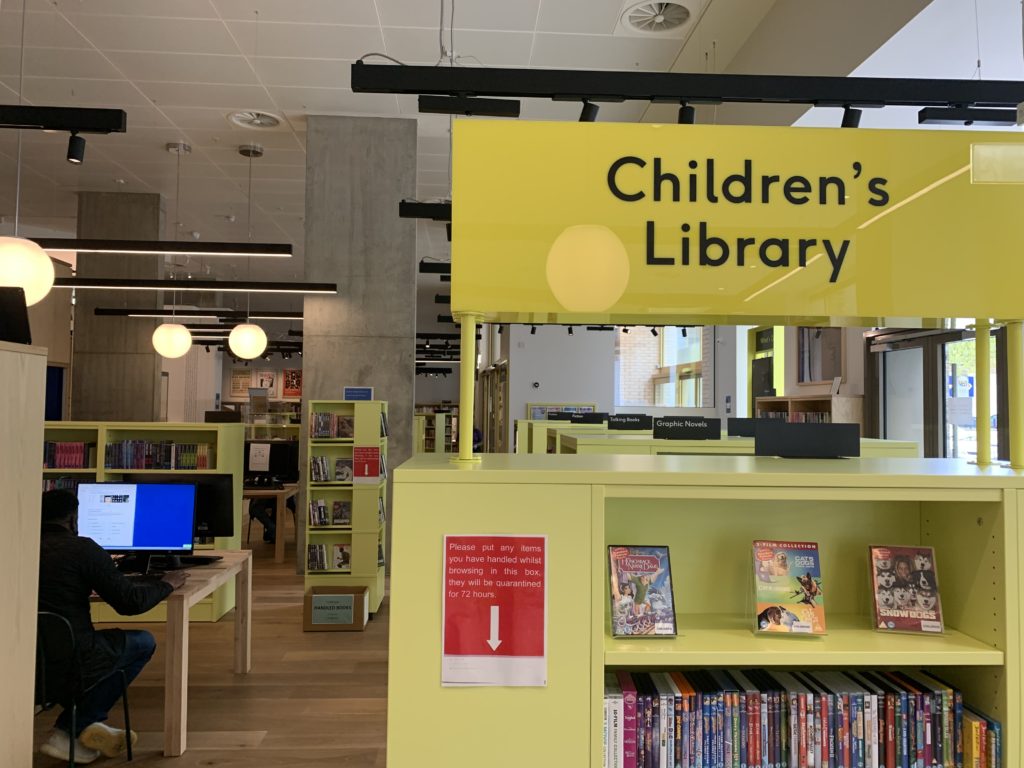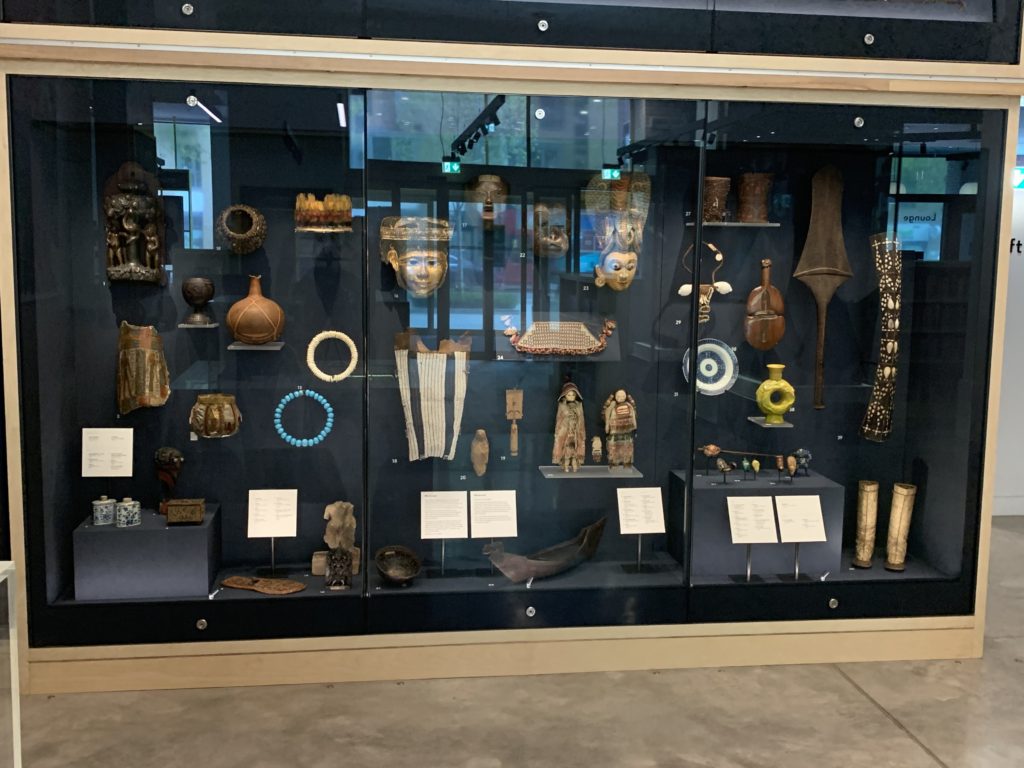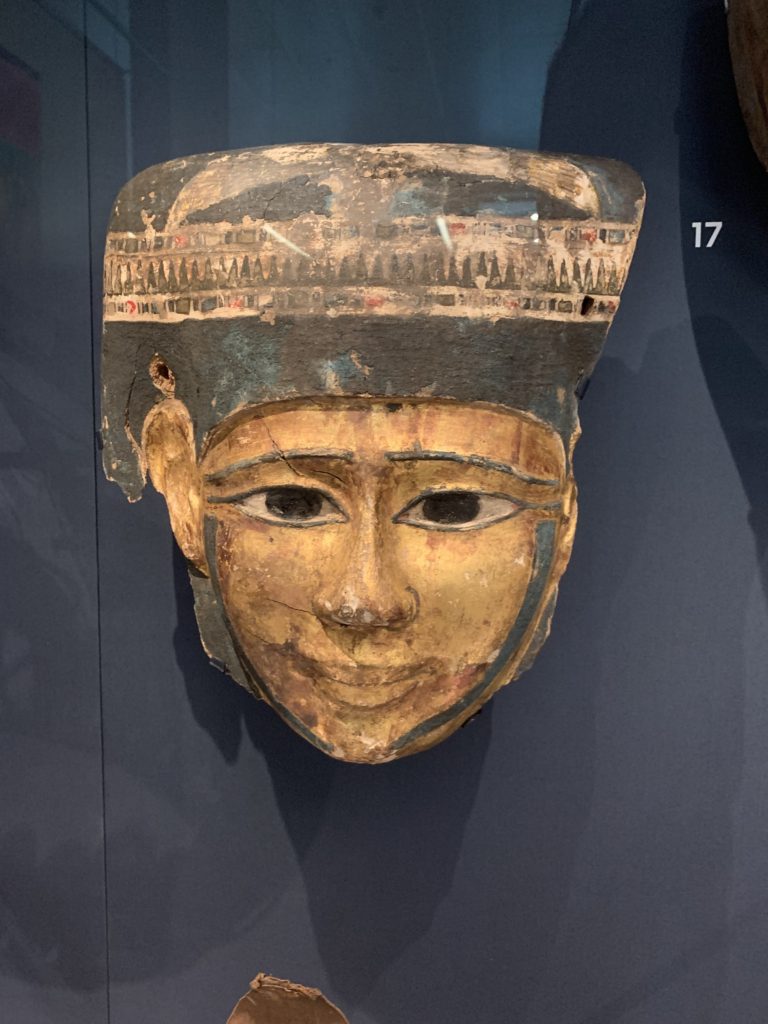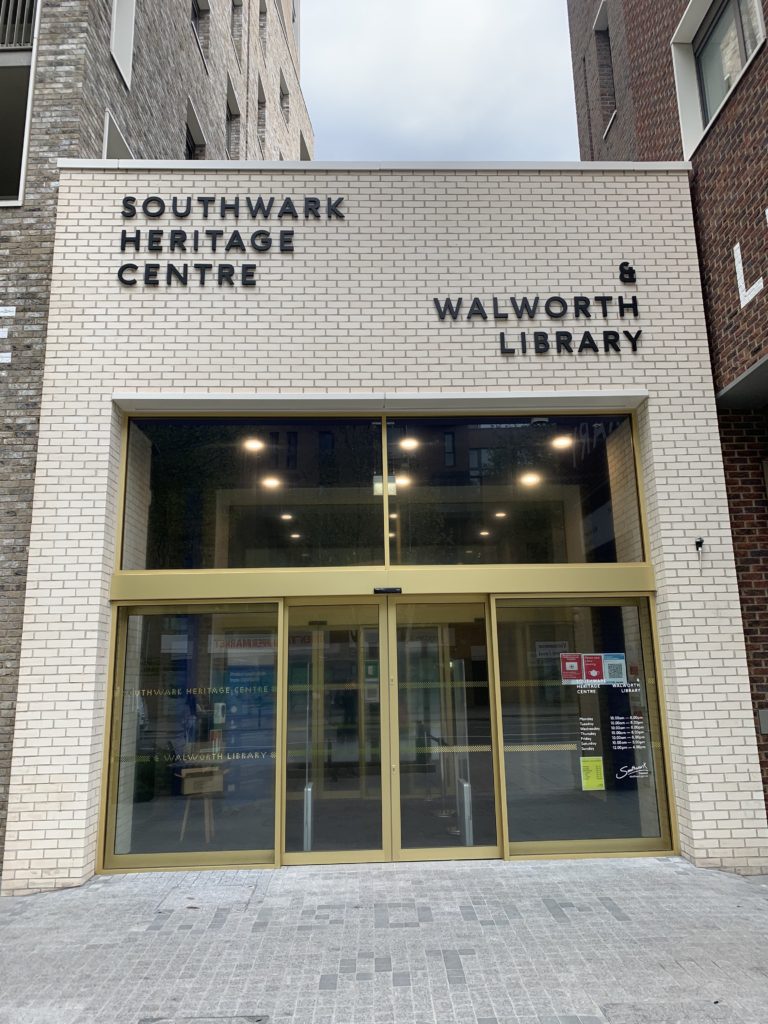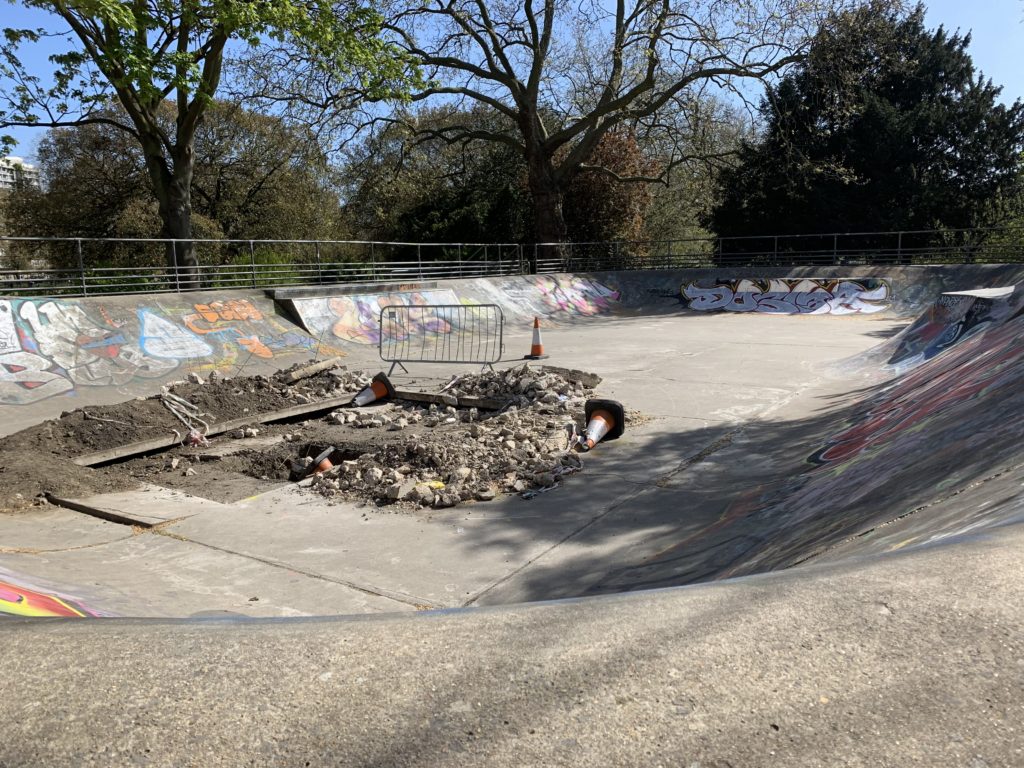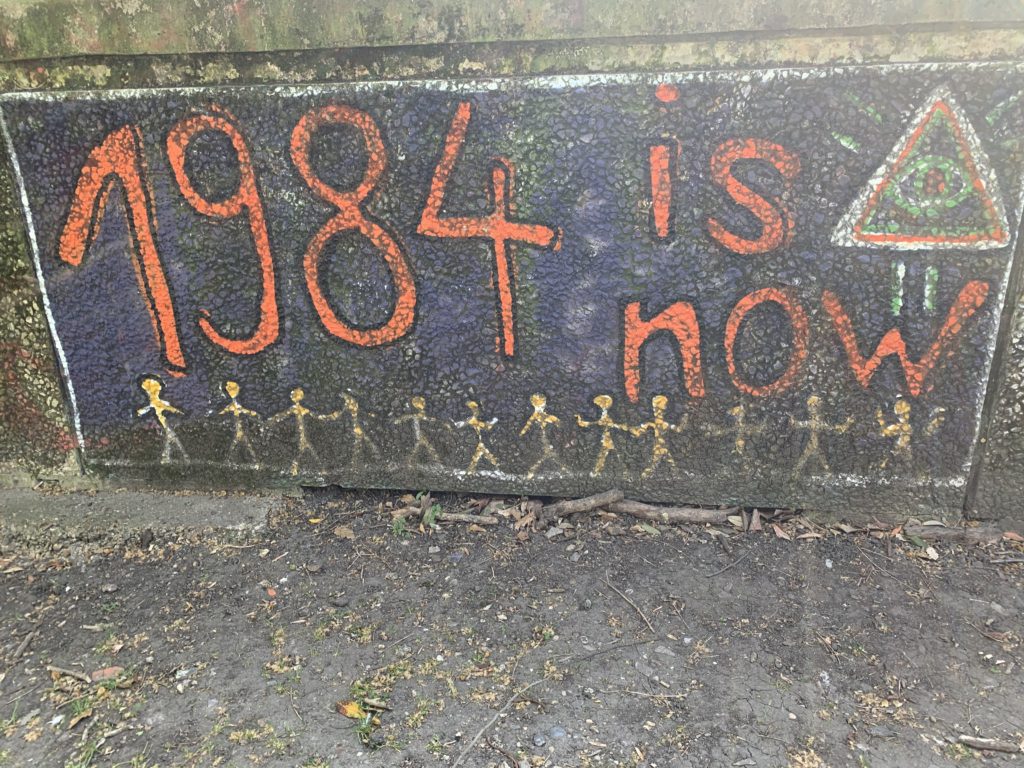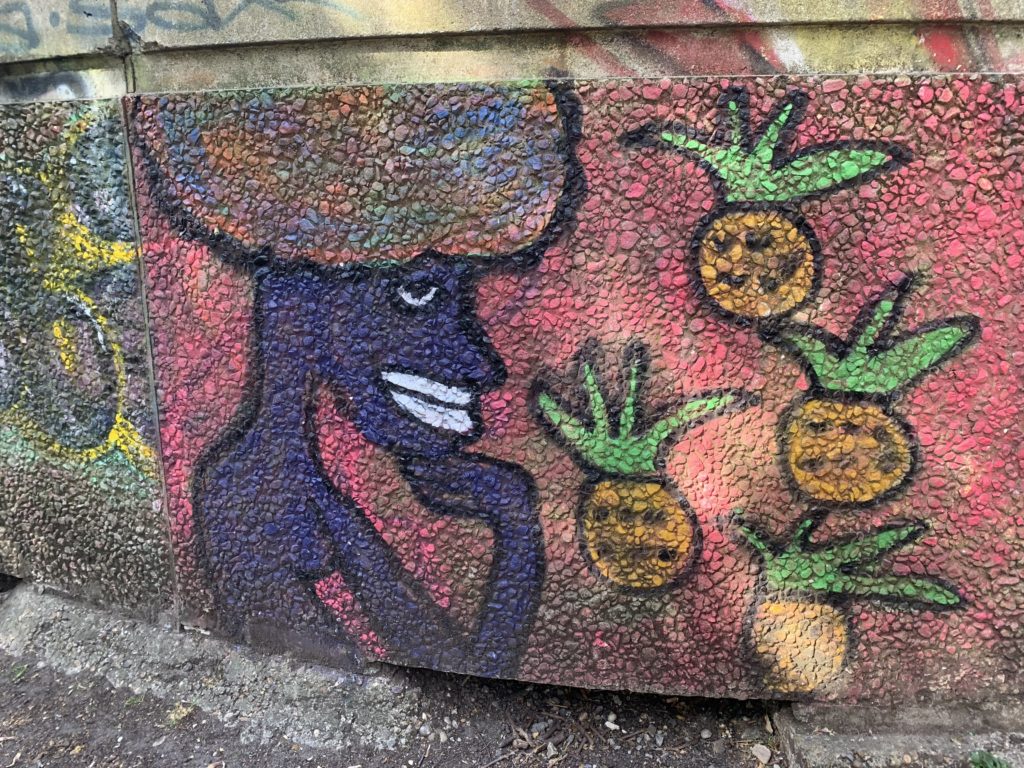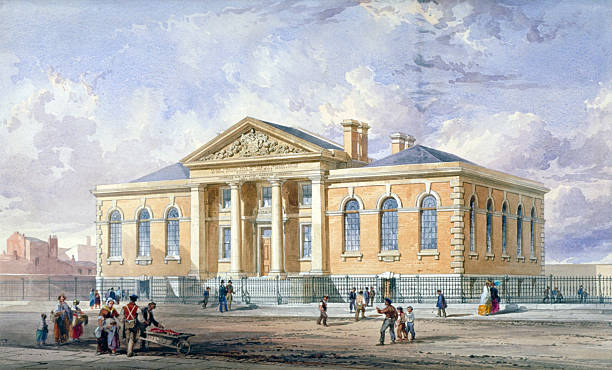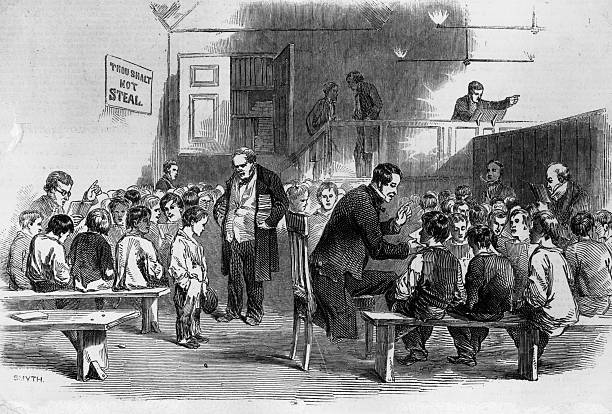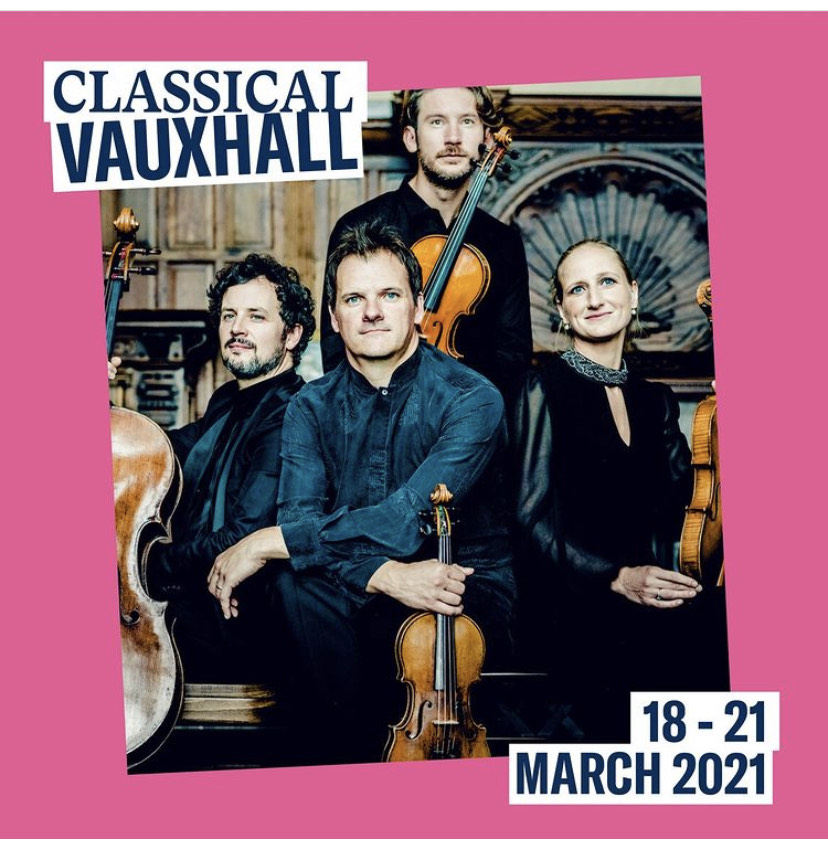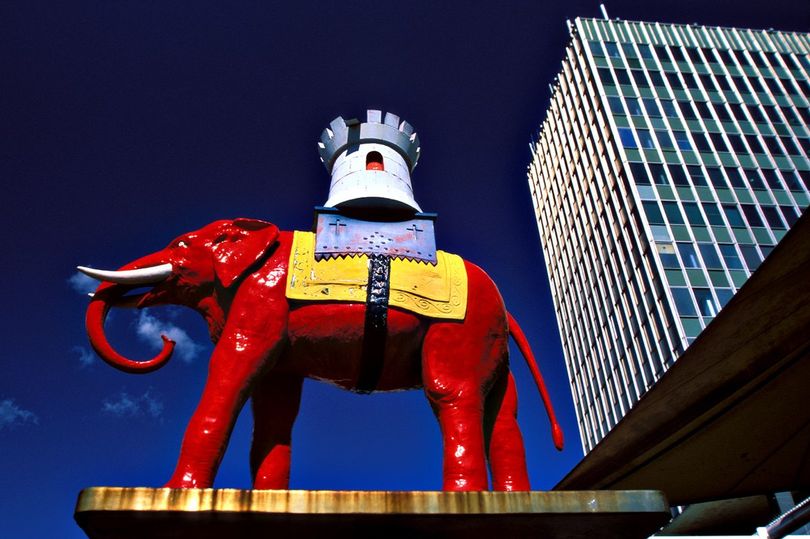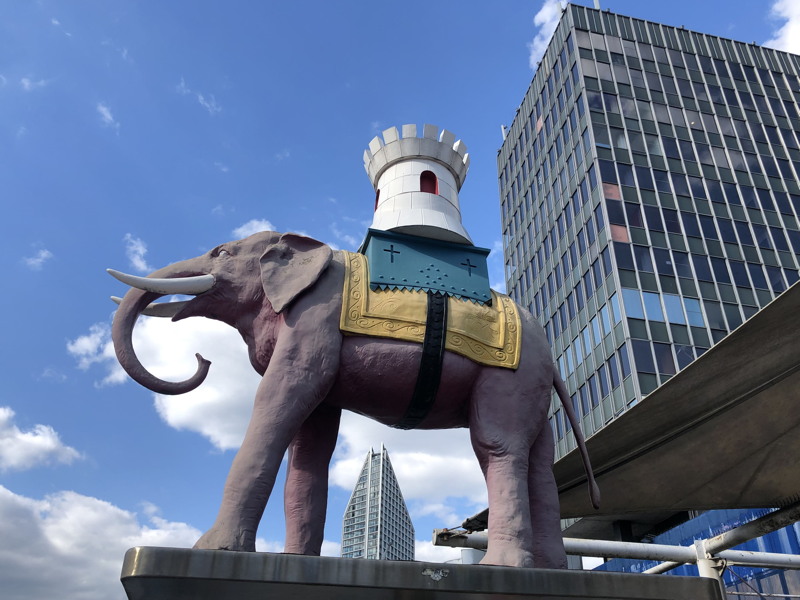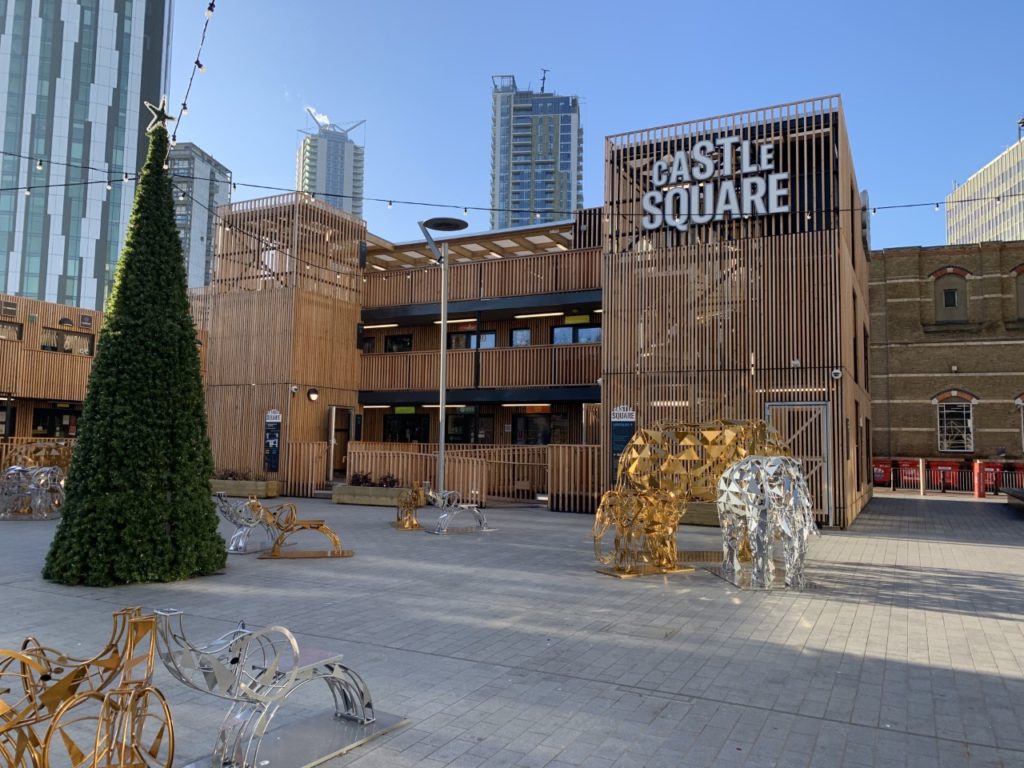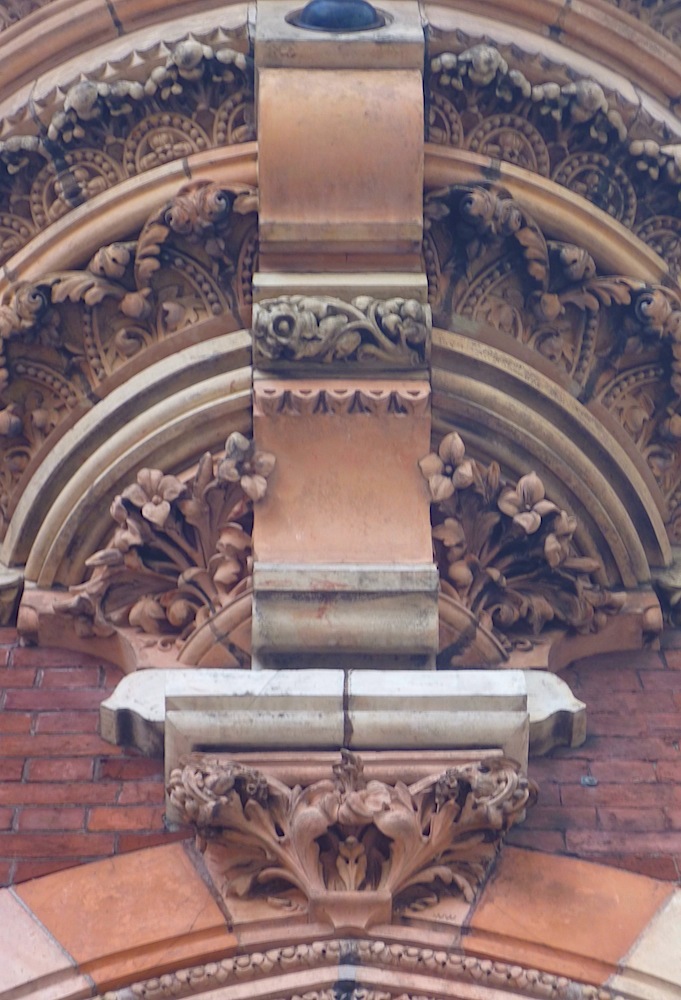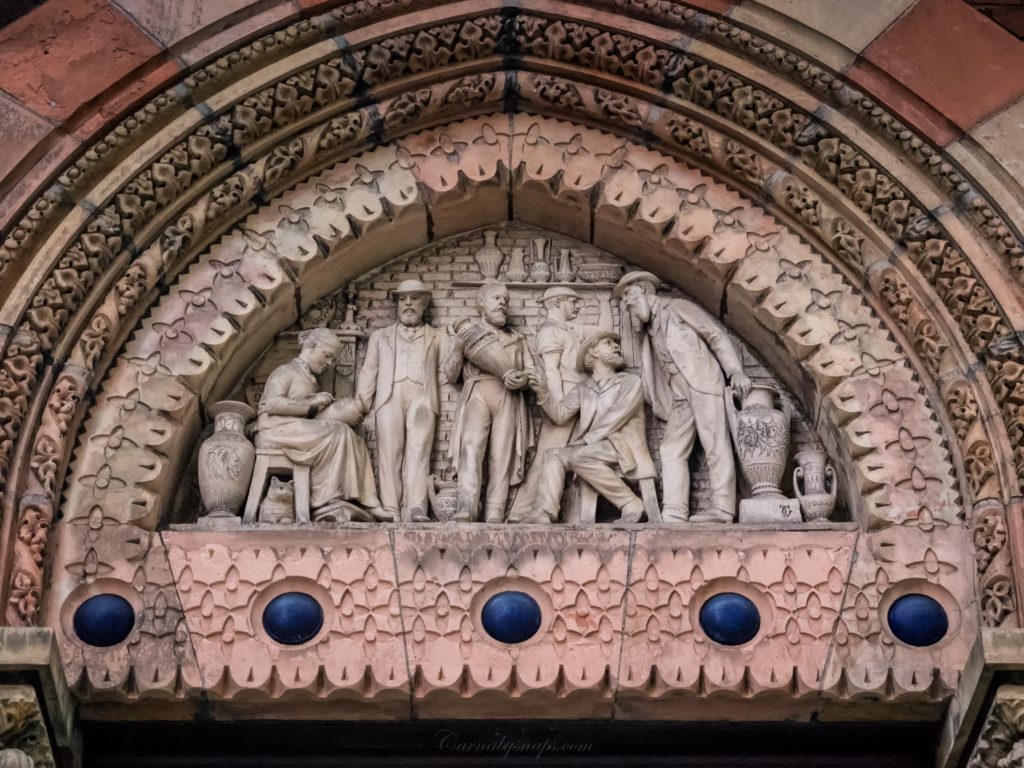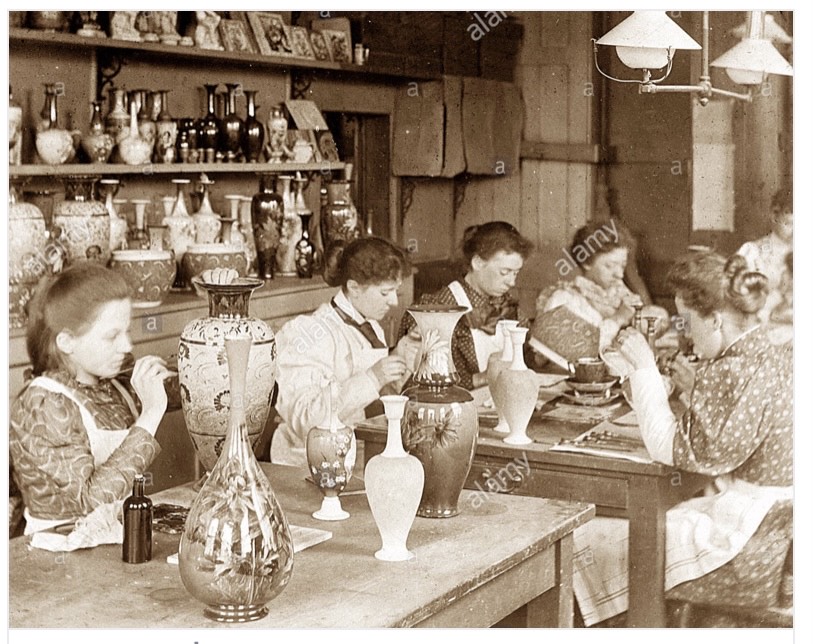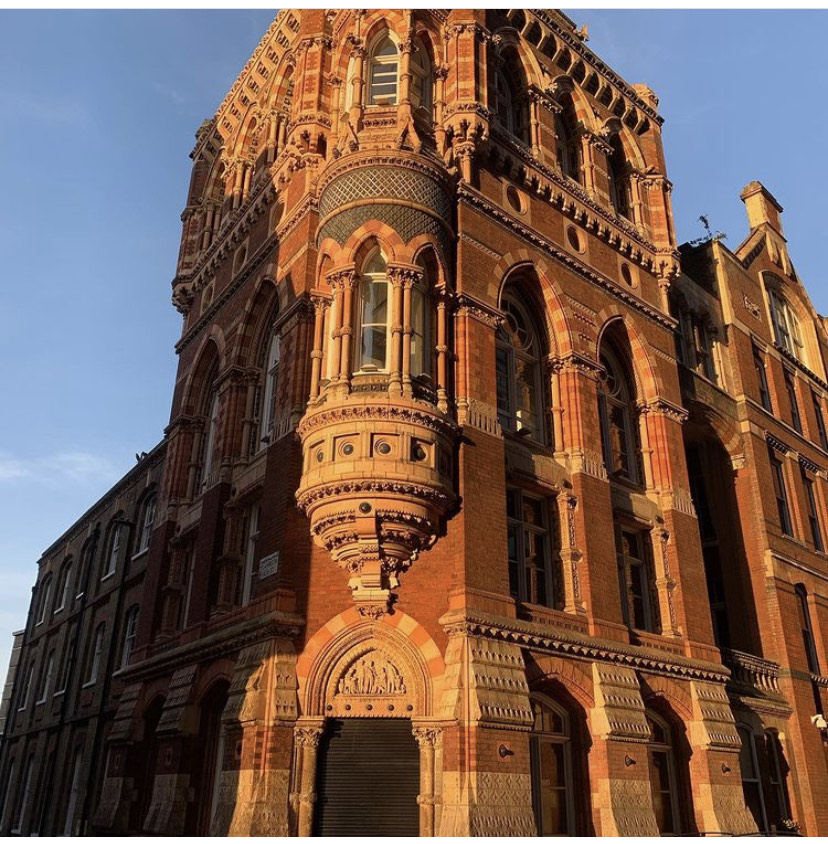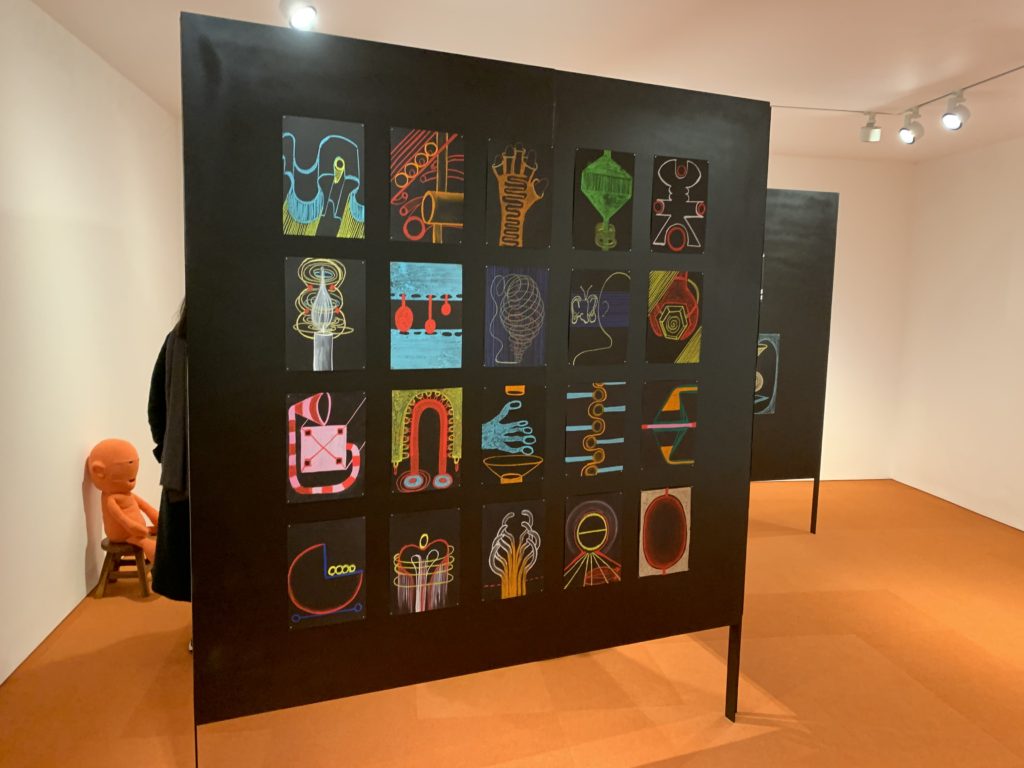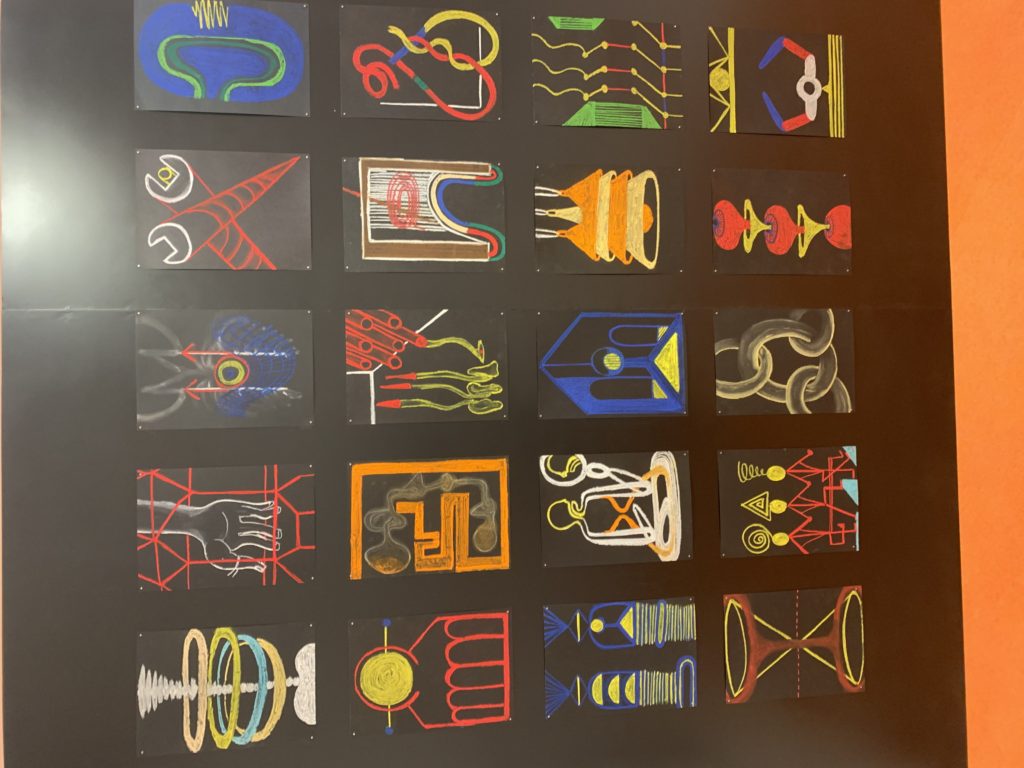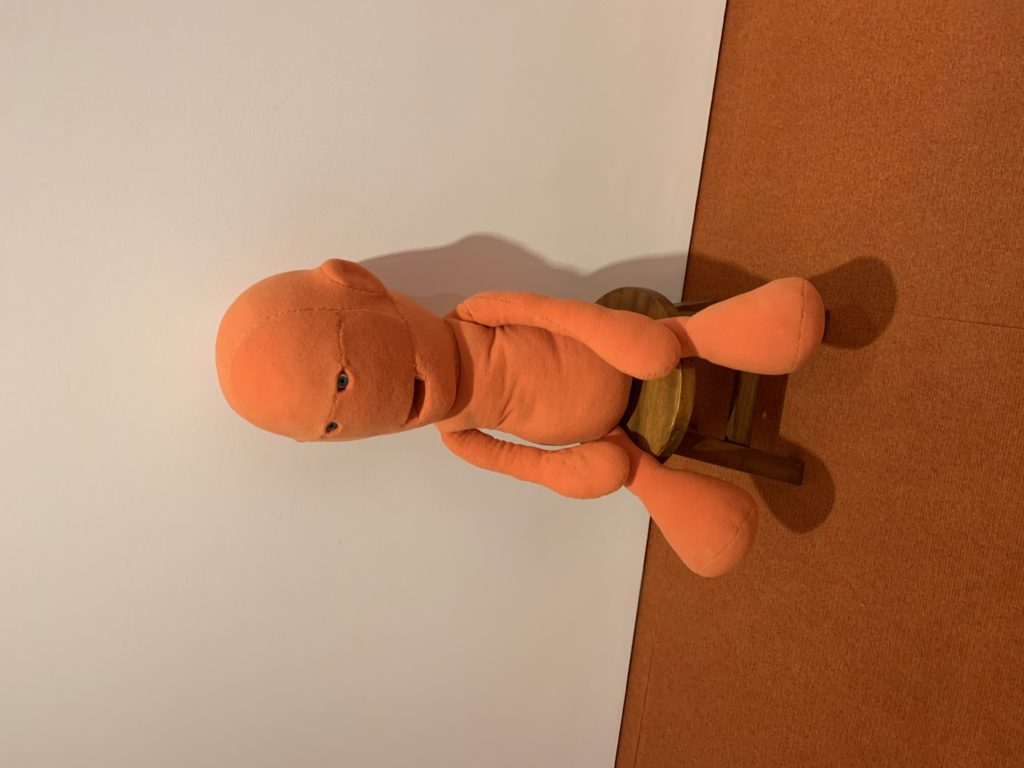For a number of years we’ve been trying to ascertain the function of that strange building that popped up at the back of Vauxhall Pleasure Gardens a few years ago. Resembling a posh persons’ house meets North Korean torture centre, it’s actually mostly dedicated to the very intriguing Cabinet Gallery. The current show somehow manages to make a connection between a horse drawn carriage and Oprah so it might be a bit of a stretch for some, but this place is definitely something for that pocket diary that we’ve been telling you get for years now. Check out the website for what’s on.
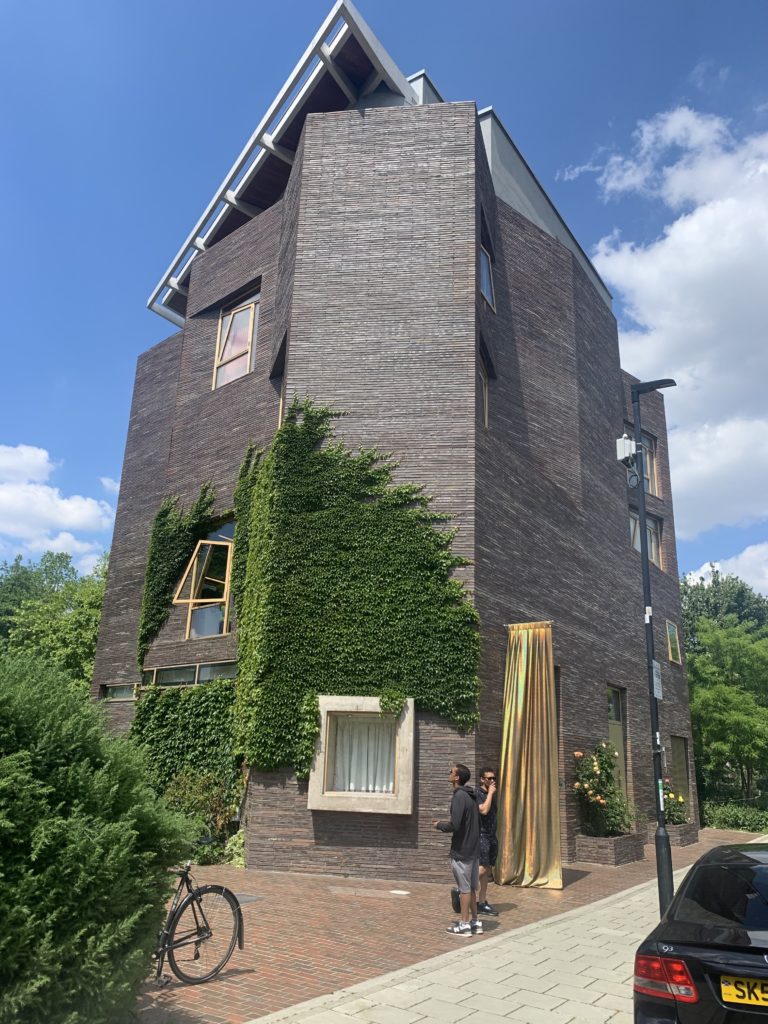
As we were up in the lovely upper Vauxhall neck of the woods anyway, we checked out the critically acclaimed but rarely open Beaconsfield Galley. It’s open this Saturday (12th) and the next (19th) showing one large immersive work by Korean/Uk artist JinHan Lee called ‘Extended Realities’. The concept is an exploration of themes of virtual versus material art and how (or if) they complement one another. Very thought provoking and out questions the limits of how much we can take in without actually seeing it.
All that culture was proving exhausting to our lockdown addled brains, so we popped into the wistfully eccentric Tea House Theatre for some tea and sandwiches. The sandwiches needed a bit of work (and if you’re reading this Tea House we’re wagging a coronation chicken stained finger at you) but the list of teas were endless and the cakes abundant. Check out their eclectic website for things that are going on there such as themed suppers, talks and kids stuff. When we visited they were even offering a course in….wait for it….picking locks! Another for that pocket diary that you’re on the very cusp of purchasing with your newly socially activated fingertips.
